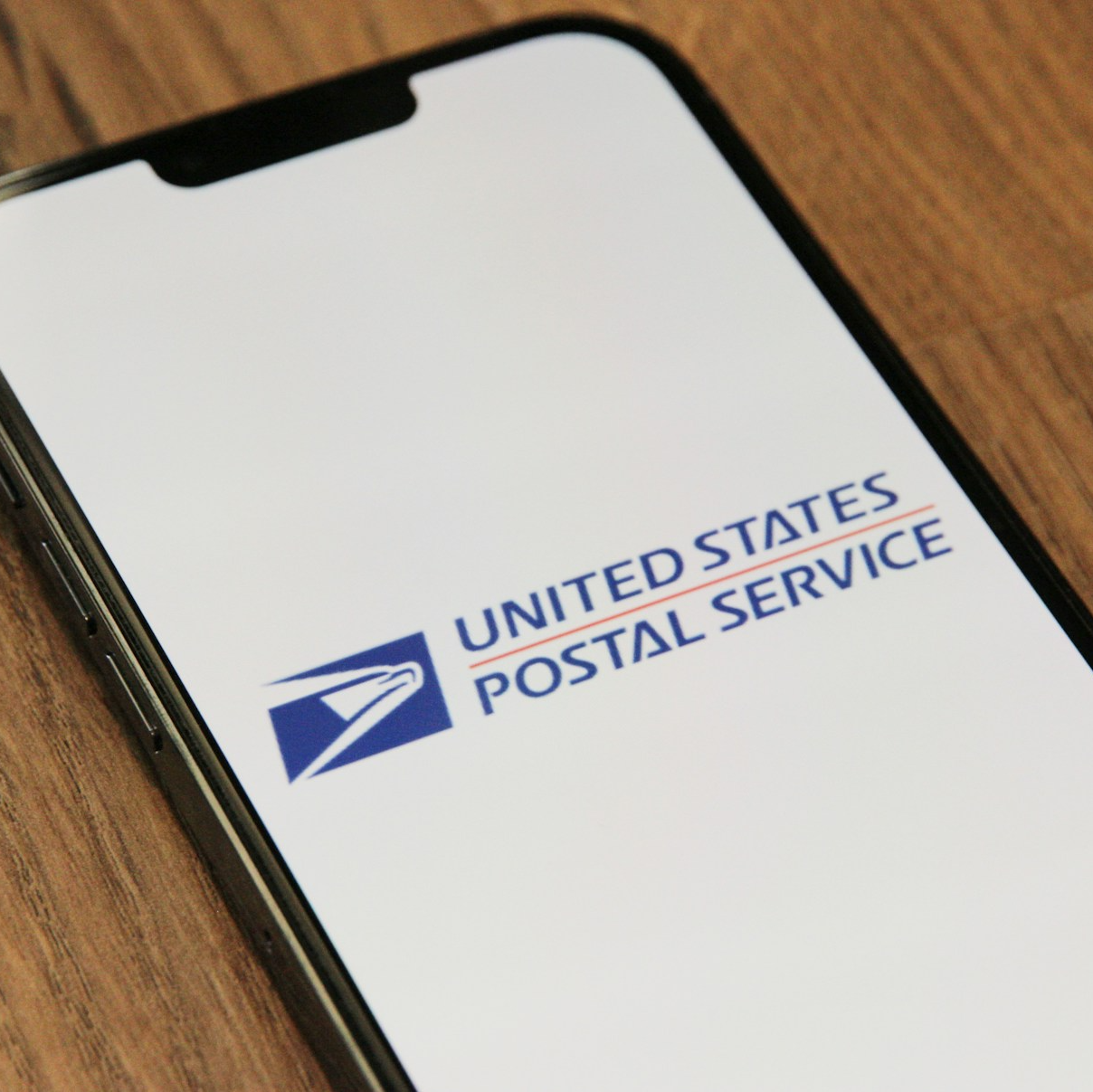Key Takeaways
-
The Postal Service Health Benefits (PSHB) program includes benefits beyond basic medical coverage, such as cost-sharing reductions, wellness programs, and preventive care incentives.
-
Understanding and utilizing these lesser-known benefits can help you save money and enhance your overall healthcare experience in 2025.
Understanding PSHB in 2025: What’s in It for You?
As a United States Postal Service (USPS) employee or retiree, you’re likely familiar with the Postal Service Health Benefits (PSHB) program. However, many enrollees overlook some of the valuable benefits that could improve their healthcare experience and save them money. With the transition to PSHB in full effect in 2025, now is the time to explore what’s available and how you can make the most of your coverage.
Preventive Care Benefits That Save You Money
Preventive care is one of the most underutilized aspects of health insurance, and PSHB offers a range of covered services that can help you stay on top of your health without extra costs. These services include:
-
Annual Checkups: Most PSHB plans fully cover an annual physical exam.
-
Vaccinations: Immunizations such as flu shots, shingles vaccines, and other essential vaccines are often covered.
-
Screenings and Tests: Coverage includes screenings for conditions like diabetes, heart disease, and certain cancers.
-
Wellness Incentives: Some PSHB plans provide incentives like gift cards or premium discounts for completing preventive screenings.
-
Nutritional Counseling: Some plans offer free or discounted access to dietitians for managing health through diet.
-
Health Assessments: Digital tools or in-person assessments help identify health risks early on.
Taking advantage of these benefits can help detect potential health concerns early, leading to lower medical expenses down the line.
Lowering Out-of-Pocket Costs with Cost-Sharing Reductions
If you’re worried about high copays or coinsurance, PSHB includes cost-sharing reductions for eligible members. These reductions apply to specific services and can significantly lower the amount you pay for:
-
Primary and Specialist Visits: Some PSHB plans offer reduced copayments for doctor visits, helping you manage healthcare expenses more effectively.
-
Hospital Stays and Surgeries: Coinsurance for inpatient hospital stays may be lower depending on your plan.
-
Prescription Drugs: If you’re on Medicare, many PSHB plans integrate with Medicare Part D to reduce out-of-pocket drug costs.
-
Emergency Services: Some plans waive certain fees for emergency care in life-threatening situations.
-
Rehabilitation and Therapy: Reduced costs for physical therapy, occupational therapy, and post-surgery rehab programs.
Managing Chronic Conditions with PSHB’s Special Programs
If you have a chronic condition such as diabetes, high blood pressure, or asthma, PSHB offers special programs to help you manage your health. These programs often include:
-
Coordinated Care Programs: Access to care coordinators who help manage appointments, prescriptions, and treatment plans.
-
Medication Therapy Management (MTM): A service designed to optimize medication use, helping you avoid unnecessary drug costs and side effects.
-
Telehealth Services: Virtual visits with doctors, mental health professionals, and dietitians for managing ongoing health conditions.
-
Remote Monitoring Devices: Some plans offer tools that track blood pressure, glucose levels, or heart rate at home.
-
Specialist Referrals: Easy access to specialists for chronic disease management with reduced wait times.
Maximizing Your Prescription Drug Coverage
Prescription medications can be one of the biggest healthcare expenses, but PSHB enrollees have options to cut costs. Consider these strategies:
-
Mail-Order Pharmacies: Ordering a 90-day supply of maintenance medications can often be more affordable than monthly refills at a retail pharmacy.
-
Formulary Awareness: Knowing which medications are covered at lower cost tiers can help you save significantly.
-
Generic Substitutes: Opting for generic drugs instead of brand-name prescriptions can make a big difference in cost.
-
Preferred Pharmacy Networks: Using designated in-network pharmacies often results in lower prices.
-
Specialty Drug Assistance Programs: If you take high-cost medications, check if your plan offers financial assistance options.
Vision and Dental Benefits You Shouldn’t Ignore
Many PSHB plans provide optional vision and dental benefits, but enrollees sometimes overlook them. In 2025, you may have access to:
-
Annual Eye Exams: Covered or discounted exams to help detect vision issues early.
-
Glasses and Contact Lens Allowances: Some plans provide coverage for frames, lenses, and contacts.
-
Dental Cleanings and Exams: Preventive dental services, such as cleanings and X-rays, may be covered.
-
Orthodontic Discounts: Some plans offer reduced rates for braces or aligners.
-
Hearing Aid Assistance: Discounts or partial coverage for hearing exams and devices.
These benefits help you maintain your overall health, as eye and dental issues can often signal other medical conditions.
Emergency and Urgent Care Coverage: Know Before You Go
Medical emergencies can happen at any time, and knowing what your PSHB plan covers in these situations can save you stress and money. Here’s what to check:
-
Emergency Room Copays: Some plans have tiered copays based on the severity of the condition.
-
Urgent Care Centers: Visiting an urgent care center instead of the ER for minor conditions can lower costs.
-
Travel Coverage: If you travel frequently, see if your plan offers out-of-state or international emergency coverage.
-
Ambulance Services: Some plans cover emergency transportation, while others may require cost-sharing.
Mental Health and Wellness Resources
Mental health is just as important as physical health, and PSHB offers resources to support your well-being, including:
-
Counseling Services: Virtual or in-person therapy options for stress, anxiety, or other mental health concerns.
-
Employee Assistance Programs (EAPs): USPS employees and retirees may have access to EAPs that offer confidential counseling and financial advice.
-
Substance Use Treatment: Many plans cover rehabilitation and support programs for substance use disorders.
-
Support Groups: Free access to peer-led mental health groups.
-
Stress Management Programs: Online courses, mindfulness training, and relaxation techniques included in some plans.
Telehealth: The Convenient Healthcare Solution
In 2025, telehealth services continue to grow in popularity, and PSHB plans typically offer virtual care options. Benefits include:
-
24/7 Access to Doctors: Connect with a physician anytime for minor illnesses or medical advice.
-
Specialist Consultations: Some plans cover virtual visits with dermatologists, psychologists, and other specialists.
-
Lower Copays for Virtual Visits: Telehealth appointments often cost less than in-person visits.
-
Physical Therapy Sessions: Some plans cover virtual rehabilitation and mobility coaching.
Health and Wellness Perks You Should Take Advantage Of
Beyond traditional healthcare coverage, some PSHB plans include wellness perks designed to keep you healthy, such as:
-
Discounted Gym Memberships: Some plans offer subsidies or reimbursements for fitness programs.
-
Weight Management Programs: Coverage for programs that help with weight loss and healthy eating.
-
Smoking Cessation Support: Resources like counseling, nicotine replacement therapies, and prescription medications to help you quit smoking.
Making the Most of Your PSHB Benefits in 2025
Many USPS employees and retirees miss out on valuable benefits simply because they aren’t aware of them. Here’s how to ensure you’re maximizing your PSHB plan this year:
-
Review Your Plan Documents: Take the time to read through your PSHB plan materials to understand your coverage.
-
Use Preventive Services: Schedule screenings, checkups, and vaccines to stay ahead of potential health issues.
-
Ask Questions: If you’re unsure about any aspect of your plan, reach out to a licensed agent listed on this website for professional guidance.











